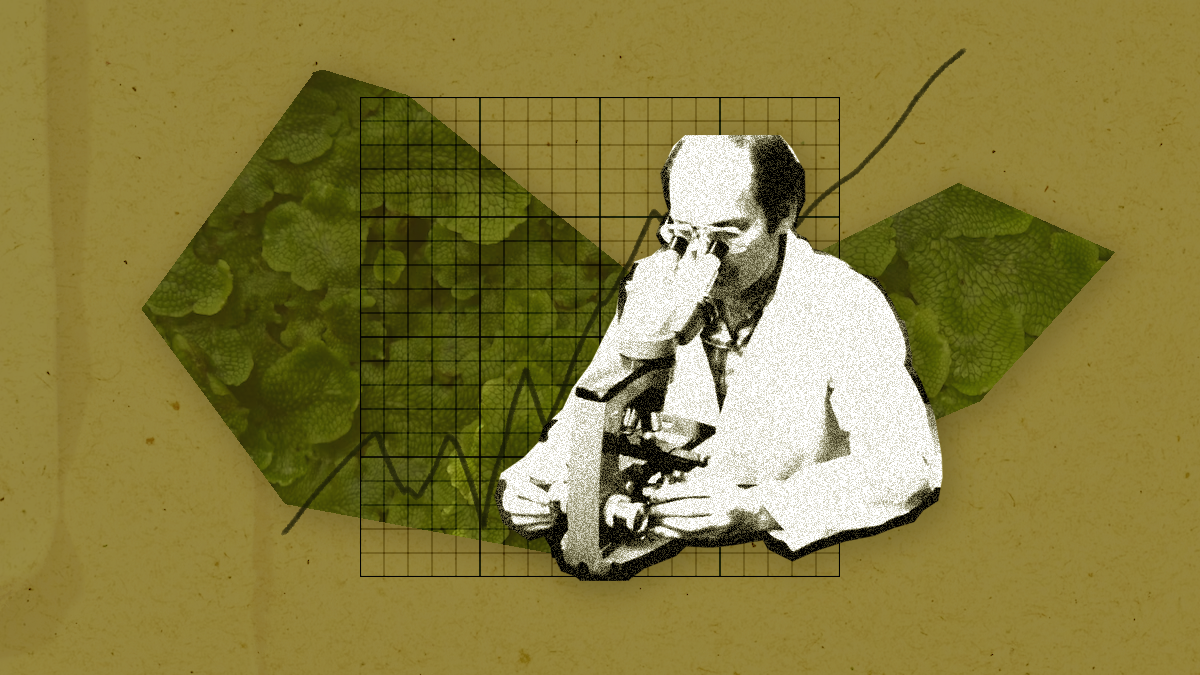Growing the Bioeconomy Requires Innovative Solutions

To strengthen the U.S. lead in the bioeconomy, Congress recently passed the CHIPS & Science Act of 2022. While the main body of this bill is related to semiconductors, this bill also lays out a solid base for the bioeconomy. Shortly after the passing of the CHIPS & Science Act, the White House also published an Executive Order that detailed key actions the government needed to take to secure the U.S. bioeconomy, touching on production capacity, market opportunities, workforce, and more.
While both the congressional bill and the Executive Order outline a wide path forward for the U.S. bioeconomy, key parts of the equation still need to be defined:
- What areas of industry make up the bioeconomy?
- What factors should or should not be considered when measuring the bioeconomy?
- Which federal agencies should coordinate the bioeconomy?
- What are the current barriers that the bioeconomy faces to grow?
This provides a unique opportunity for experts to contribute to current and future legislation and action in their own field.
To drive innovative ideas, the Federation of American Scientists and the Day One Project hosted a Bioeconomy Policy Development Sprint, where experts in the field submitted ideas about how to better shape the U.S. bioeconomy, answering the above questions and more. From these ideas, we published three bold memos:
- Jon Roberts on “Accelerating the Bioindustry Through Research, Innovation, and Translation.”
- Mike Fisher on “Advancing the U.S. Bioindustrial Production Sector.”
- Ed Chung & Charles Fracchia on “Project BOoST: A Biomanufacturing Test Facility Network for Bioprocess Optimization, Scaling, and Training.”
These memos inject the conversation with creative and bold solutions to shape the U.S. bioeconomy into a powerhouse, and guarantee future American success and leadership.
Some of these solutions propose the creation of a single coordinating entity to accelerate the bioindustry, such as The Bioindustrial Research, Innovation, and Translation Engine (BRITE), housed within National Institute of Standards and Technology (NIST) or the Bio for America Program Office (BAPO) at the National Institute for Standards and Technology (NIST) within the Department of Commerce. Other proposed solutions call for the Department of Commerce to create a network of Research & Development facilities and to create Grand Challenges to foster innovation.
Both the White House Executive Order and the CHIPS & Science Act tap different agencies to work toward understanding their parts of the bioeconomy, such as the Department of Commerce, Department of Defense, National Institute of Health, and National Science Foundation. To coordinate these efforts, an interagency committee housed in the Office of Science and Technology Policy (OSTP) with a co-chair from one of these agencies will be vital for the U.S. bioeconomy to be prosperous long term.
As for who the co-chair of this interagency committee will be, the published memos make it clear that the Department of Commerce should play a role in coordinating the bioeconomy. Which, ultimately, makes sense. The Department of Commerce’s mission is to create conditions of economic growth, and this should include creating conditions for bioeconomic growth.
There is no doubt that a strong bioeconomy is key to maintain U.S. competitiveness and manufacturing. McKinsey Insights suggests nearly 60% of the physical inputs to the global economy could, in principle, be produced biologically. As of 2016, the U.S. bioeconomy made up nearly 5.1 % of the U.S. gross domestic product and was worth over $400 billion. Its share of the total U.S. economy has only grown since then and is valued to increase by $30 trillion over the next two decades. But to realize that $30 trillion, the U.S. needs legislative and executive support to grow and innovate our bioindustrial and biotechnological sector, which ultimately needs to be coordinated through both OSTP and the Department of Commerce input from experts is required to inject the conversation with creative and bold solutions to shape the U.S. bioeconomy into a powerhouse, and guarantee future American success and leadership.
For more information about how you can contribute to the growing bioeconomy, visit our Bioeconomy Policy Development Sprint page.
Advancing the U.S. leadership in emerging biotechnology is a strategic imperative, one that will shape regional development within the U.S., economic competitiveness abroad, and our national security for decades to come.
Inconsistent metrics and opaque reporting make future AI power‑demand estimates extremely uncertain, leaving grid planners in the dark and climate targets on the line
As AI becomes more capable and integrated throughout the United States economy, its growing demand for energy, water, land, and raw materials is driving significant economic and environmental costs, from increased air pollution to higher costs for ratepayers.
Preempting all state regulation in the absence of federal action would leave a dangerous vacuum, further undermining public confidence in these technologies.